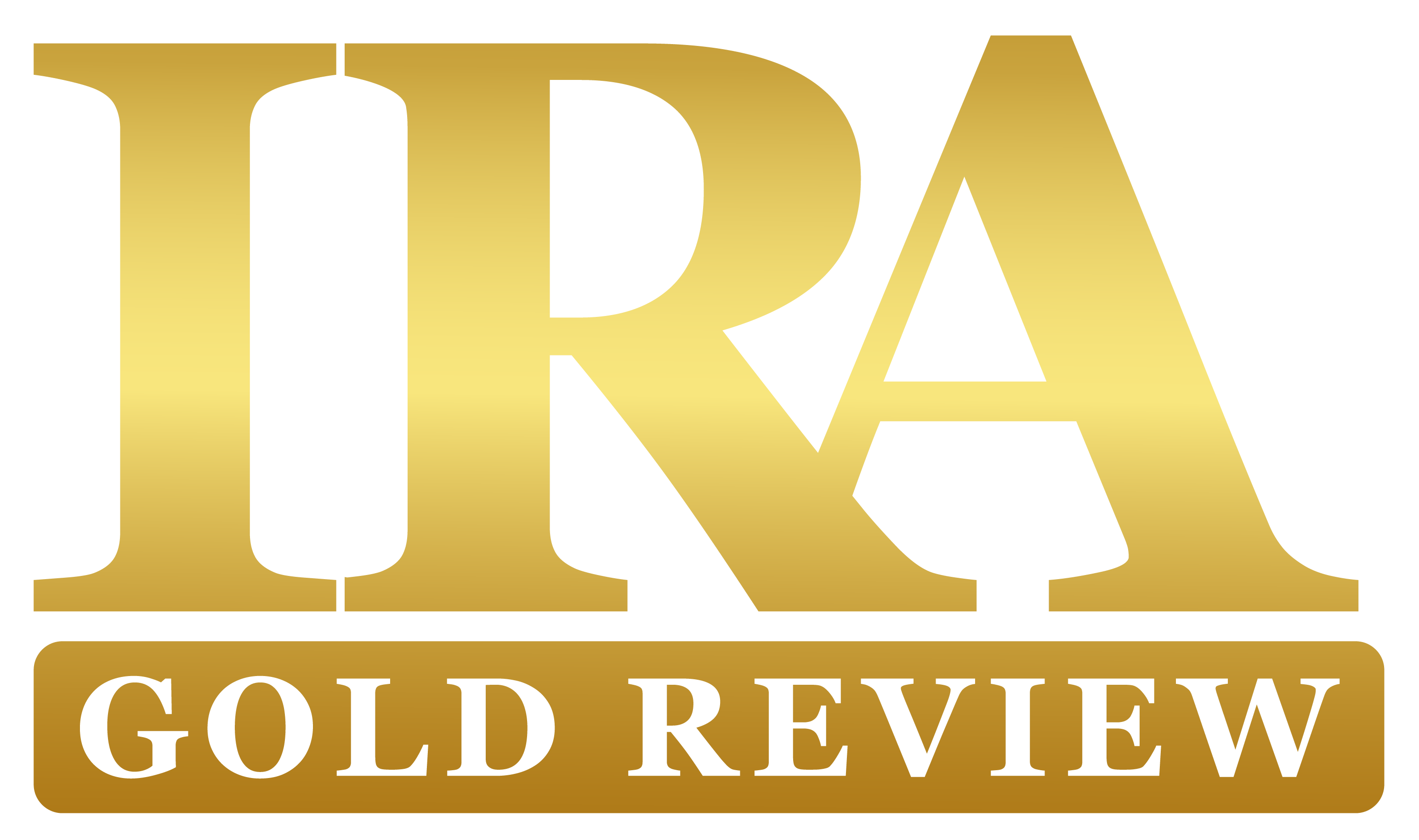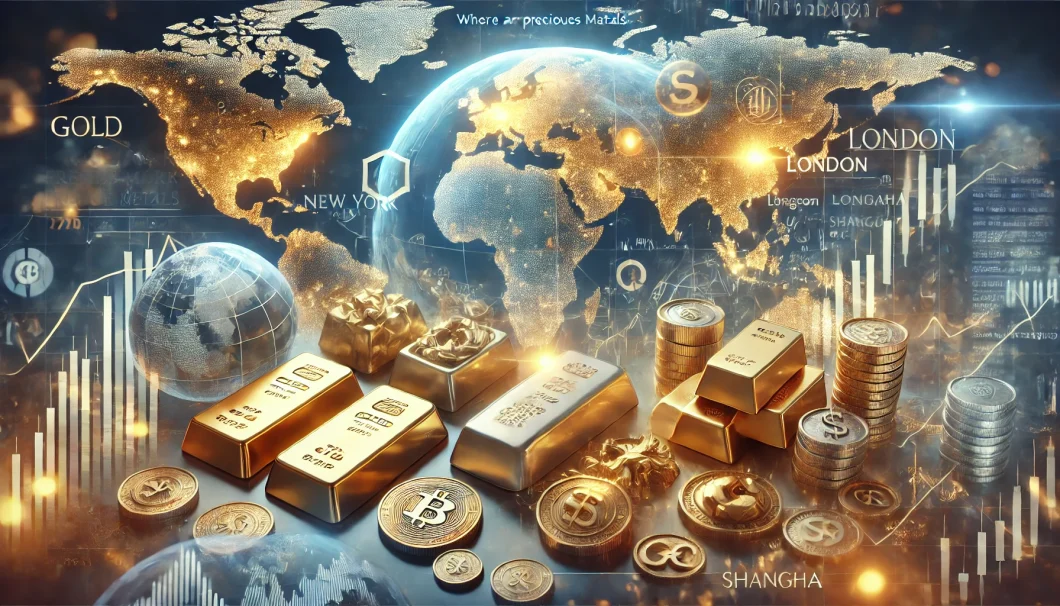
Precious metals, such as gold, silver, platinum, and palladium, have captivated human interest for millennia. These metals are valued not only for their beauty and utility but also for their rarity and financial stability. Throughout history, the trading of precious metals has played a significant role in shaping economies, cultures, and societies. In today’s globalized world, the market for these metals is more complex and diverse than ever. Understanding where precious metals are traded is crucial for investors, traders, and anyone interested in the commodities market.
The Historical Roots of Precious Metal Trading
The trade of precious metals dates back thousands of years. Ancient civilizations, including the Egyptians, Mesopotamians, and Greeks, used gold and silver as currency and storehouses of wealth. The discovery of gold in the Americas during the 16th century led to a significant influx of the metal into Europe, fundamentally altering global trade dynamics. Over time, precious metals became the backbone of monetary systems, with gold and silver coins being the standard currency across many nations.
In the 19th century, the Gold Standard was established, tying the value of a country’s currency directly to a specific amount of gold. This system remained in place until the early 20th century when it began to unravel due to economic pressures, particularly during the Great Depression. The abandonment of the Gold Standard marked the beginning of modern precious metals trading, where these metals became commodities traded in financial markets rather than the basis of currency.
Major Precious Metal Trading Hubs
Today, precious metals are traded across various platforms and exchanges around the world. The most prominent of these hubs include:
1. The London Bullion Market
The London Bullion Market is the largest over-the-counter (OTC) market for precious metals trading globally. It is the primary market for gold and silver, with most transactions taking place in unallocated form, meaning the buyer does not own specific bars of metal. The London Bullion Market Association (LBMA) plays a central role in setting standards and ensuring the integrity of the market. The daily London Gold Fixing, which sets the price of gold, is one of the most widely watched benchmarks in the market.
2. The New York Mercantile Exchange (NYMEX)
The New York Mercantile Exchange, a division of the CME Group, is one of the leading futures and options markets for precious metals. On NYMEX, traders can buy and sell contracts for gold, silver, platinum, and palladium. These contracts allow traders to speculate on the future price of these metals or hedge against price fluctuations. The exchange operates through an electronic trading platform, providing global access to precious metals markets.
3. Shanghai Gold Exchange (SGE)
The Shanghai Gold Exchange, established in 2002, has quickly become one of the most important centers for gold trading, particularly in Asia. The SGE offers spot gold trading and various gold derivatives, catering to the growing demand from Chinese investors. China is the largest consumer and producer of gold, making the SGE a key player in the global precious metals market.
4. Tokyo Commodity Exchange (TOCOM)
The Tokyo Commodity Exchange is Japan’s largest commodities exchange, offering trading in precious metals like gold, silver, and platinum. TOCOM is particularly significant in the Asian market, where it serves as a benchmark for precious metals prices. The exchange provides both futures and spot trading, contributing to price discovery and liquidity in the global market.
Electronic Trading Platforms
In addition to traditional exchanges, electronic trading platforms have revolutionized the way precious metals are traded. Platforms such as Xetra-Gold in Germany and the Multi Commodity Exchange (MCX) in India enable investors to trade precious metals efficiently and transparently. These platforms provide access to a wide range of precious metals products, including ETFs, certificates, and derivatives, allowing for both speculative trading and long-term investment.
Physical vs. Paper Trading
Precious metals can be traded in two primary forms: physical and paper. Physical trading involves the buying and selling of actual metal bars, coins, or jewelry. This form of trading is often preferred by investors seeking tangible assets that they can store and hold. Physical metals are typically traded through dealers, auctions, or direct transactions between buyers and sellers.
On the other hand, paper trading refers to trading financial instruments that represent a claim on precious metals, such as futures contracts, ETFs, or certificates. Paper trading offers greater liquidity and flexibility, allowing investors to gain exposure to precious metals without dealing with the logistics of storage and insurance. However, it also introduces counterparty risk, as the value of these instruments is dependent on the underlying asset.
The Role of Central Banks
Central banks around the world hold significant reserves of precious metals, primarily gold, as part of their monetary policy strategies. These reserves act as a hedge against currency fluctuations and economic instability. Central banks also play a critical role in the gold market by buying and selling gold to influence currency values and stabilize economies. The International Monetary Fund (IMF) and the World Bank also hold gold reserves and occasionally engage in gold transactions.
Impact of Geopolitical Events
Precious metals are often considered safe-haven assets, meaning their prices tend to rise during periods of geopolitical uncertainty. Events such as wars, political instability, or economic crises can lead to increased demand for gold and other precious metals. For instance, during the 2008 financial crisis, gold prices surged as investors sought refuge from the volatility of the stock market. Understanding how geopolitical events influence precious metals trading is essential for predicting market trends and making informed investment decisions.
The Future of Precious Metals Trading
The future of precious metals trading is likely to be shaped by technological advancements, regulatory changes, and shifts in global economic power. Blockchain technology, for example, has the potential to enhance transparency and security in precious metals trading by providing a decentralized ledger for transactions. Additionally, as emerging markets continue to grow, demand for precious metals in countries like China and India is expected to increase, further influencing global trading patterns.
Environmental concerns are also becoming increasingly important in the precious metals market. As mining practices come under greater scrutiny, the demand for sustainably sourced metals is likely to rise. This shift could lead to new trading standards and certifications, impacting how and where precious metals are traded.
Conclusion
Precious metals trading is a dynamic and multifaceted market with deep historical roots and a broad global reach. From the London Bullion Market to electronic trading platforms, precious metals are traded across a variety of venues, each playing a unique role in the market. Whether traded physically or through financial instruments, these metals continue to be a cornerstone of the global economy. Understanding where precious metals are traded, along with the factors influencing these markets, is essential for anyone interested in this enduring and ever-evolving sector.

